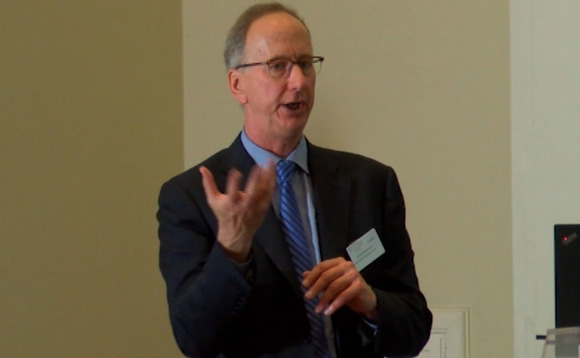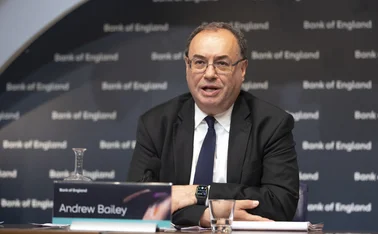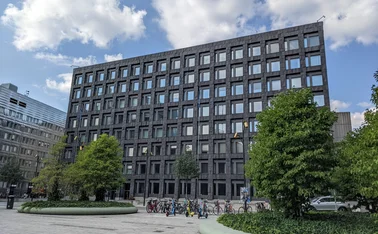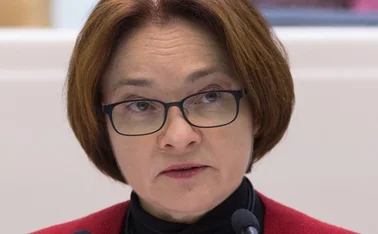
IMF’s Rennhack outlines challenges facing LatAm economies
Robert Rennhack sees terms of trade driving real exchange rates
The "big" changes seen in real effective exchange rates across Latin American countries since 2014 are not being driven by monetary factors, Robert Rennhack, deputy director of the International Monetary Fund, said on May 12.
Since 2014, countries including Colombia, Mexico and Brazil have all seen large depreciations, due in part to the fall in commodity prices. Although Rennhack says the appreciation of the US dollar is largely a result of a shift in Fed policy, what he finds interesting is that a "large amount" of the changes in real exchange rates across the globe is driven by terms of trade.
"The movement in the Mexican peso oddly enough is more of an oil price movement than a US dollar/Mexican peso interest rate differential movement, which is odd because Mexico is not a net oil exporter," Rennhack told the audience. He was speaking at the National Asset-Liability Management conference in Mexico City.
Brazil and Colombia have also experienced a sharp depreciation – Colombia has seen the peso fall 19% over the past year, peaking at 3359 pesos per US dollar.
Region in recession
The impact of the change in terms of trade has affected the growth of many countries in the region largely down to their dependence on commodity exports. The IMF expects the Brazilian economy to contract by 3% this year. "If you look at the LatAm region as a whole, the region is in a recession," Rennhack said.
To help recover, Rennhack recommended countries maintain a tight policy framework to allow domestic demand to adjust to the new level of potential output. "You'd think there'd be a case for easing monetary policy," Rennhack said, "but at the same time the depreciation in many countries is creating high inflation."
 Rennhack discusses possible policy actions for Latin America: play video
Rennhack discusses possible policy actions for Latin America: play video
As a result, the IMF director recommended central banks continue to raise interest rates to keep expectations well anchored. Colombia has raised interest rates from 4.5% to 7% since October last year; Mexico has also been tightening, but at a much more gradual pace.
Brazil, on the other hand has not, keeping rates at 14.25% since August 2015. However, with the introduction of a new finance minister and the potential for change at the central bank, this could change in the latter half of the year.
Rennhack also stressed policy-makers should monitor corporate balance sheets as well as "regain" the fiscal strength exhibited before the global financial crisis. "Some have already done so, but others need to do more," he said.
Only users who have a paid subscription or are part of a corporate subscription are able to print or copy content.
To access these options, along with all other subscription benefits, please contact info@centralbanking.com or view our subscription options here: http://subscriptions.centralbanking.com/subscribe
You are currently unable to print this content. Please contact info@centralbanking.com to find out more.
You are currently unable to copy this content. Please contact info@centralbanking.com to find out more.
Copyright Infopro Digital Limited. All rights reserved.
You may share this content using our article tools. Printing this content is for the sole use of the Authorised User (named subscriber), as outlined in our terms and conditions - https://www.infopro-insight.com/terms-conditions/insight-subscriptions/
If you would like to purchase additional rights please email info@centralbanking.com
Copyright Infopro Digital Limited. All rights reserved.
You may share this content using our article tools. Copying this content is for the sole use of the Authorised User (named subscriber), as outlined in our terms and conditions - https://www.infopro-insight.com/terms-conditions/insight-subscriptions/
If you would like to purchase additional rights please email info@centralbanking.com








